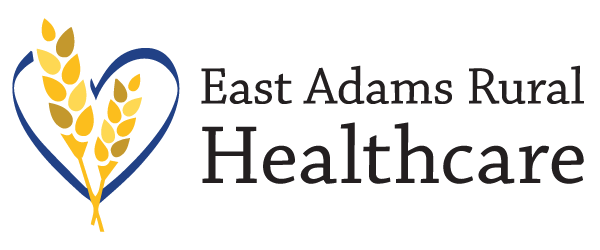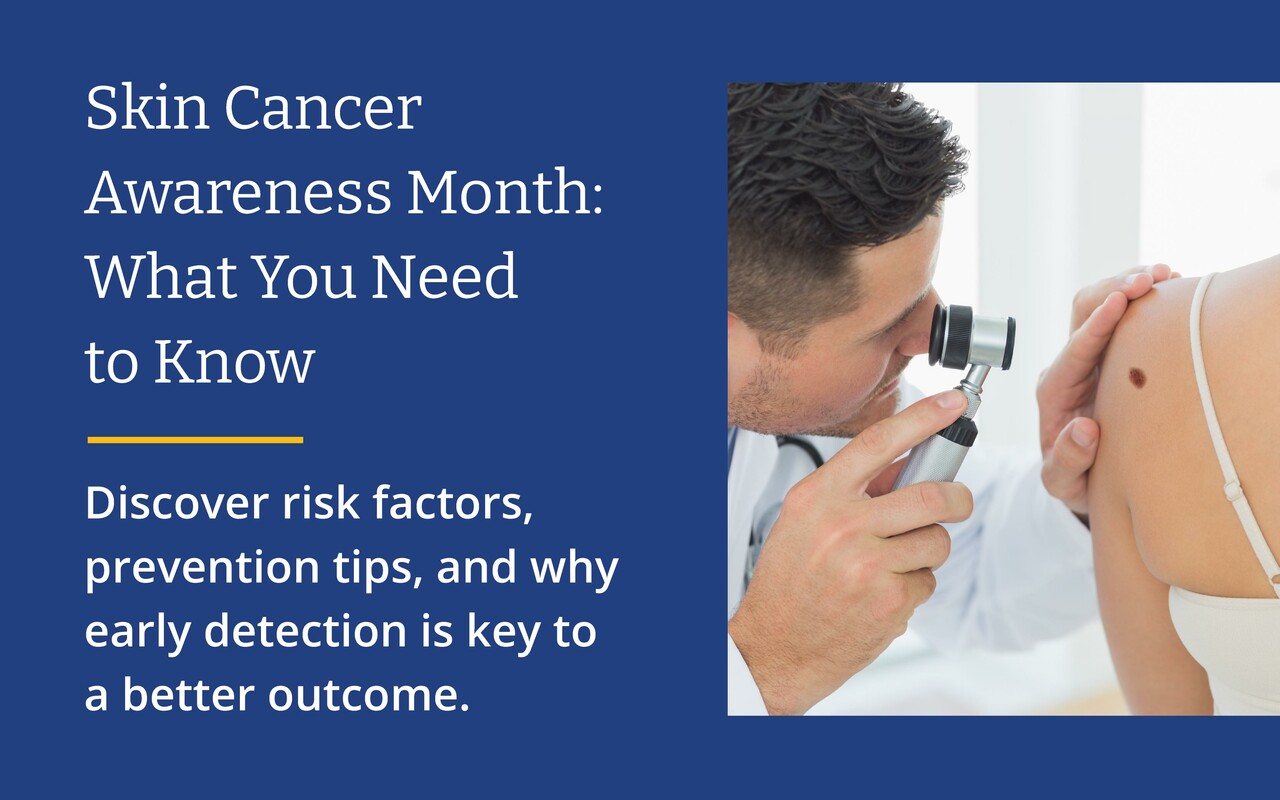For rural healthcare you can count on, contact EARH today.
April showers are bringing May flowers. As the days grow longer, we start to experience a little more sunshine. All this sunshine makes May the perfect time of year for Skin Cancer Awareness Month. This annual campaign helps raise awareness about skin cancer, the most common form of cancer—and one of the most preventable.
Skin cancer can affect just about anyone, which is why it’s so important to stay aware of the factors that could put you or your loved ones at risk. So, in the spirit of the season, East Adams Rural Healthcare wants to share some vital information with you, our community. Read on to learn more about skin cancer, its various risk factors, and some actionable steps you can take to mitigate this pervasive threat.
Skin Cancer Awareness Month: Quick Facts
- Skin cancer is one of the most common cancers in the United States. More than five million cases are diagnosed each year.
- 1 in 5 Americans will develop skin cancer by the age of 70. It affects people of all ages and backgrounds.
- Though melanoma only accounts for around 1% of cases, it is considered the most aggressive and deadly form of skin cancer.
- When caught early, the 5-year survival rate for melanoma is 99%. Early detection saves lives.
- Most skin cancer is preventable. Up to 90% of non-melanoma skin cancers are linked to UV exposure, primarily resulting from unprotected sun exposure.
What are the Risk Factors for Developing Skin Cancer?
While people of all ages and backgrounds can develop skin cancer, some people are at more risk than others. Knowing what the risks are can help you take proactive steps to protect yourself. Some common risk factors include:
- Excessive sun exposure or a history of sunburns
- Having fair skin, light hair, or light-colored eyes
- Frequent use of tanning beds
- A family history of skin cancer
- Having a large number of moles
- Having a weakened immune system
If you believe you are at a higher risk of developing skin cancer, talk to your doctor about setting up a schedule for regular screenings.
ABCDE: Warning Signs to Watch For in Skin Cancer
Remember—early detection saves lives. Spotting the warning signs of skin cancer is essential for your health. The sooner a problem is detected, the more treatment options there are, and the better your chances are for a full recovery.
Keep a close eye on your skin, especially if you notice new moles or existing spots that begin to change in size, shape, or color. Persistent sores that don’t heal, or areas that itch, bleed, or become tender can also be signs that something is wrong.
When it comes to melanoma, the most dangerous form of skin cancer, spotting the warning signs is as simple as remembering the ABCDE rule:
- Asymmetry: One half of the spot doesn’t match the other
- Border: Edges are irregular or blurred
- Color: Multiple shades in one spot
- Diameter: Larger than a pencil eraser
- Evolving: Changes over time in size, shape, and color
If you notice these signs or anything else that seems off or unfamiliar about your skin, don’t wait. Reach out to your doctor to schedule an exam. When it comes to skin cancer, it’s always better to be safe and catch potential issues early.
Tips to Help You Prevent Skin Cancer
Observing Skin Cancer Awareness month and protecting your skin shouldn’t mean avoiding the outdoors during the most beautiful time of the year—but it does mean you have to be smart about sun exposure!
Start by applying sunscreen with an SPF 30 or higher every day, even when it’s cloudy, and reapply it every two hours if you’re spending time outside. Wearing protective clothing, such as wide-brimmed hats, long sleeves, and sunglasses, can add an extra layer of defense. It also helps to seek shade during the sun’s peak hours, which are typically between 10 am and 4 pm.
If you want to tan, it’s best to avoid direct sun exposure as well as tanning beds, which use the same UV rays that come from the sun. Instead, try a spray tan or tanning lotions. Most importantly, keep an eye on your skin. Regular self checks and wellness visits with your doctor can help you catch any concerning signs of skin cancer early.
Concerned About Your Skin?
Skin Cancer Awareness Month is an ideal time to assess your skin’s health. Even if you don’t have specific concerns, an annual wellness visit is an opportunity to get checked, ask questions, and stay informed about your health. Take a step toward healthier skin today.
Contact EARH to schedule your wellness visit or make an appointment to discuss skin health with a dermatologist.

